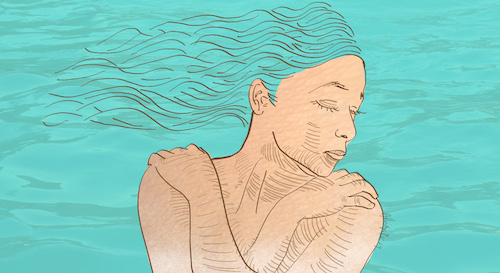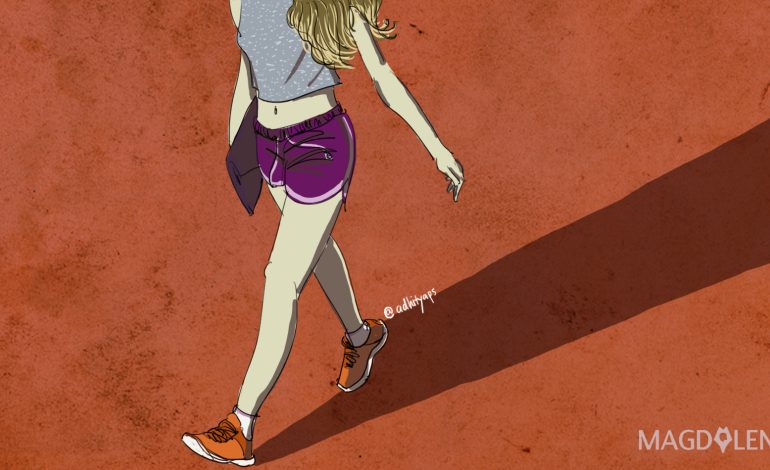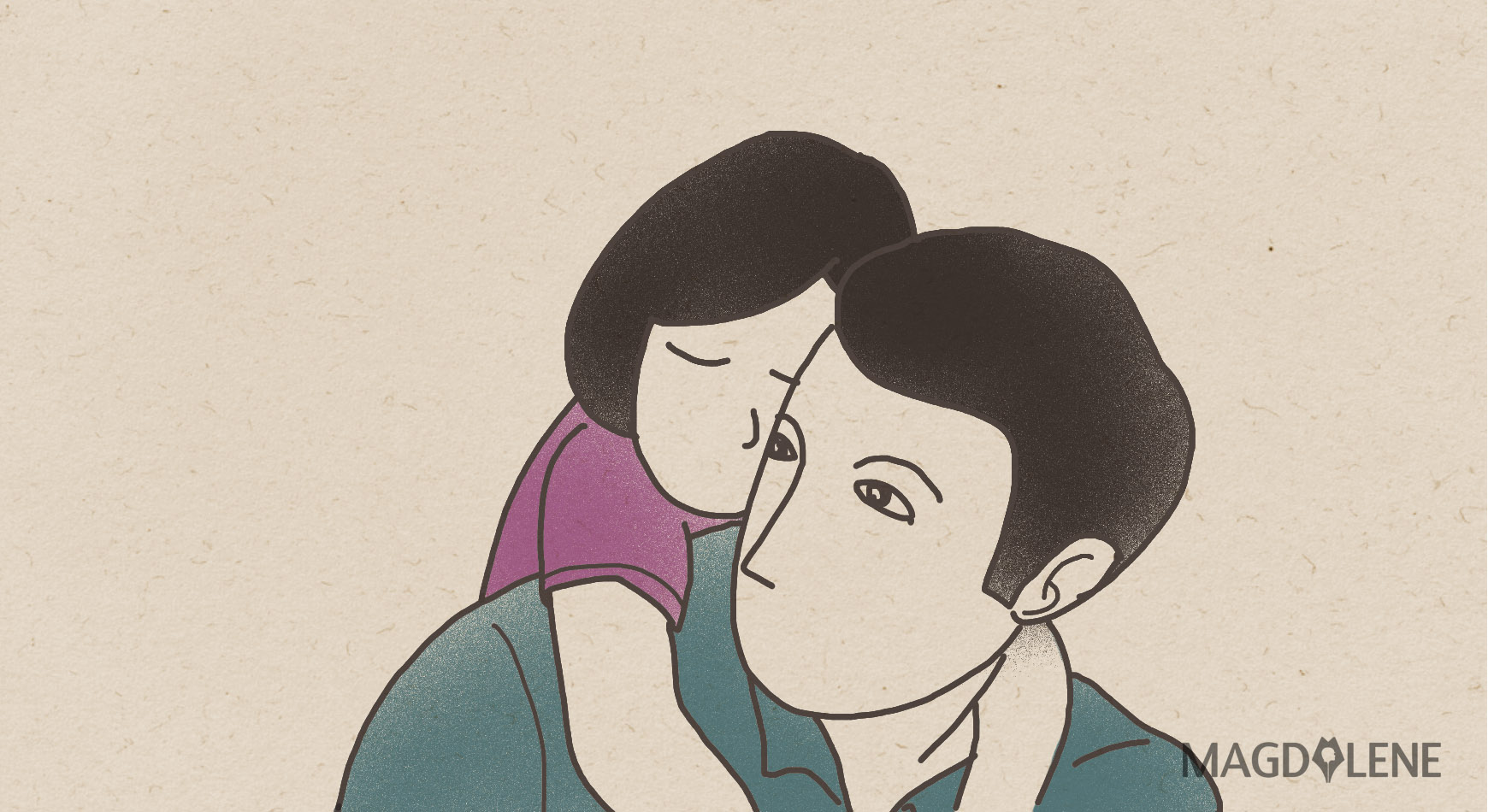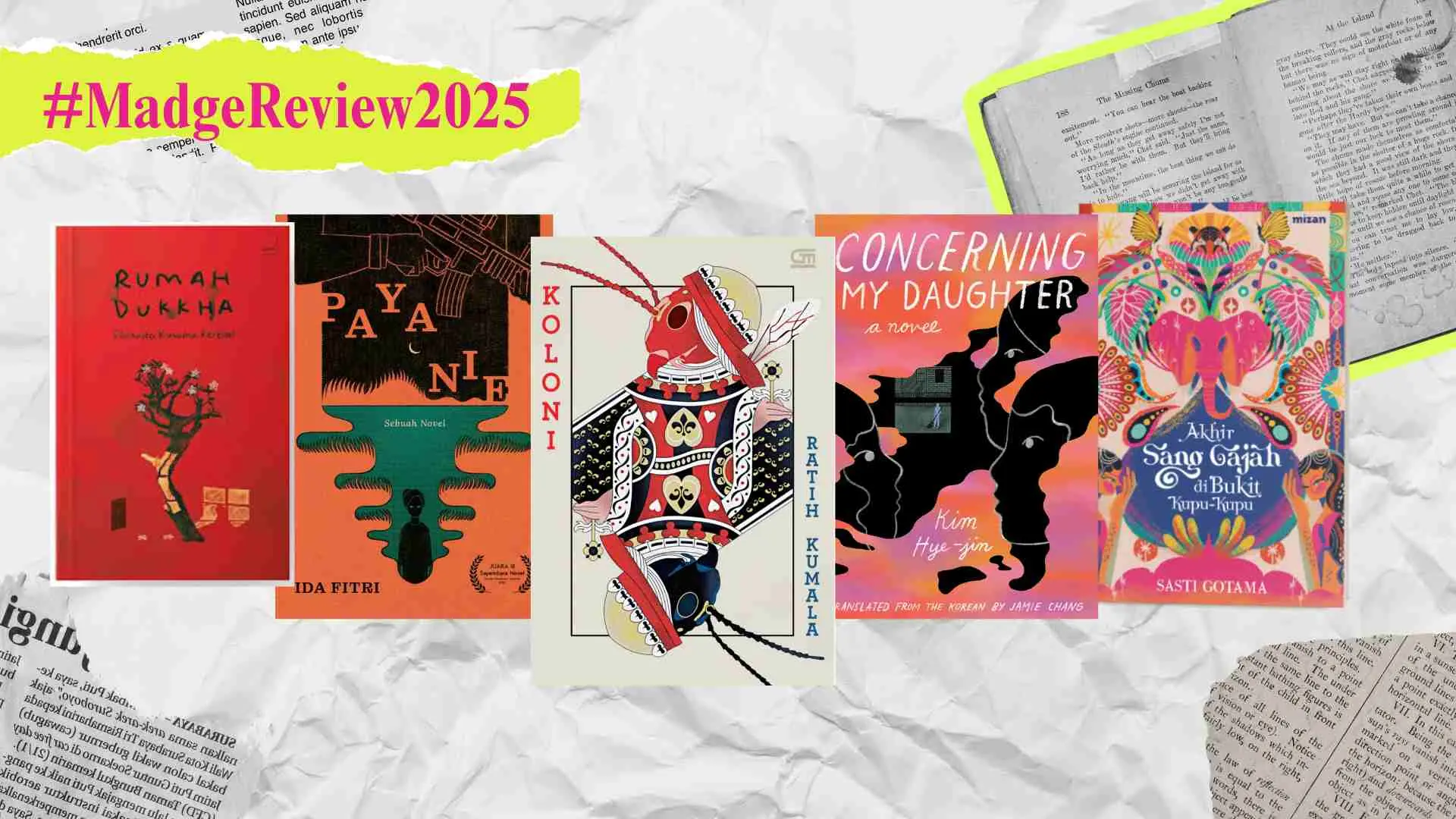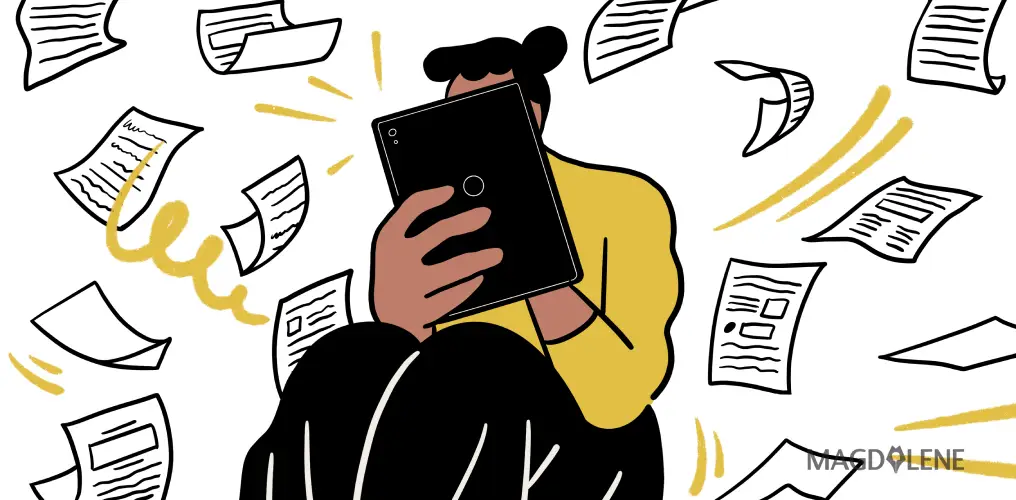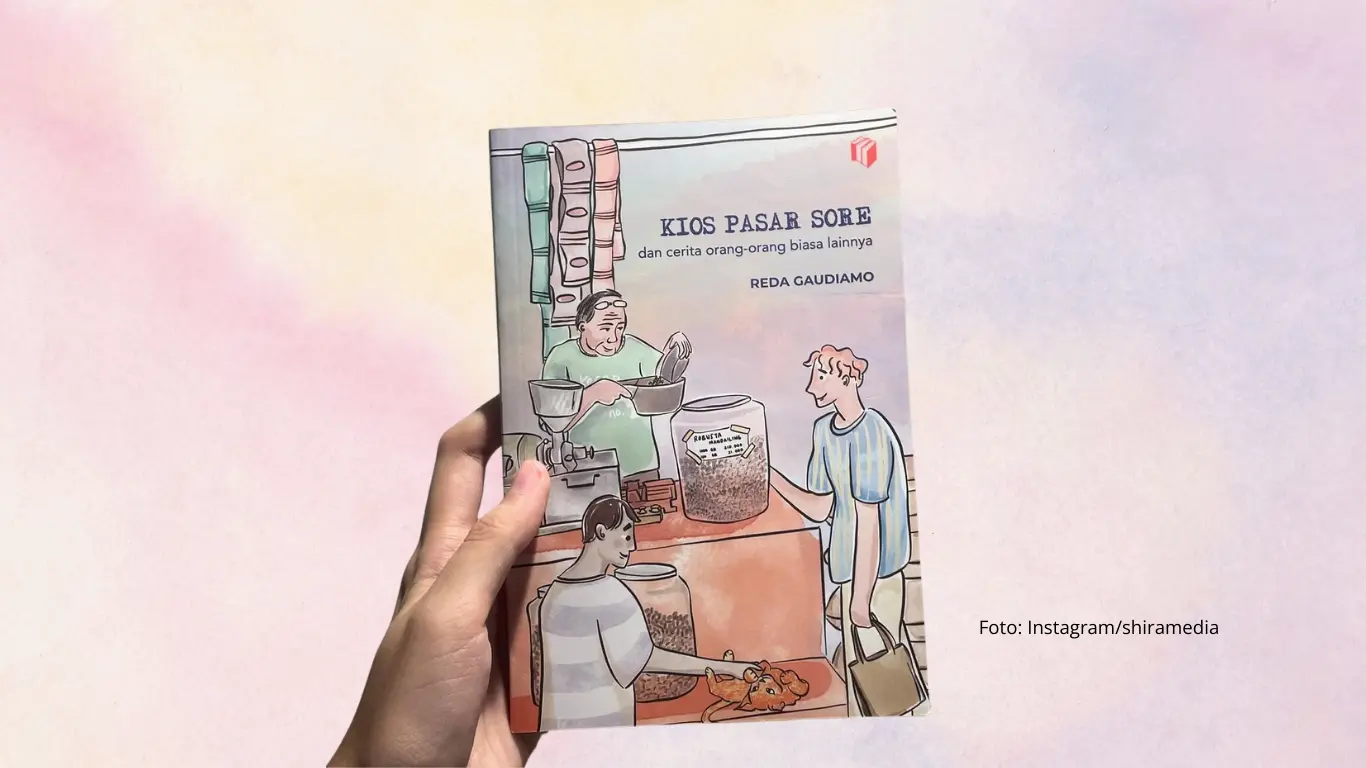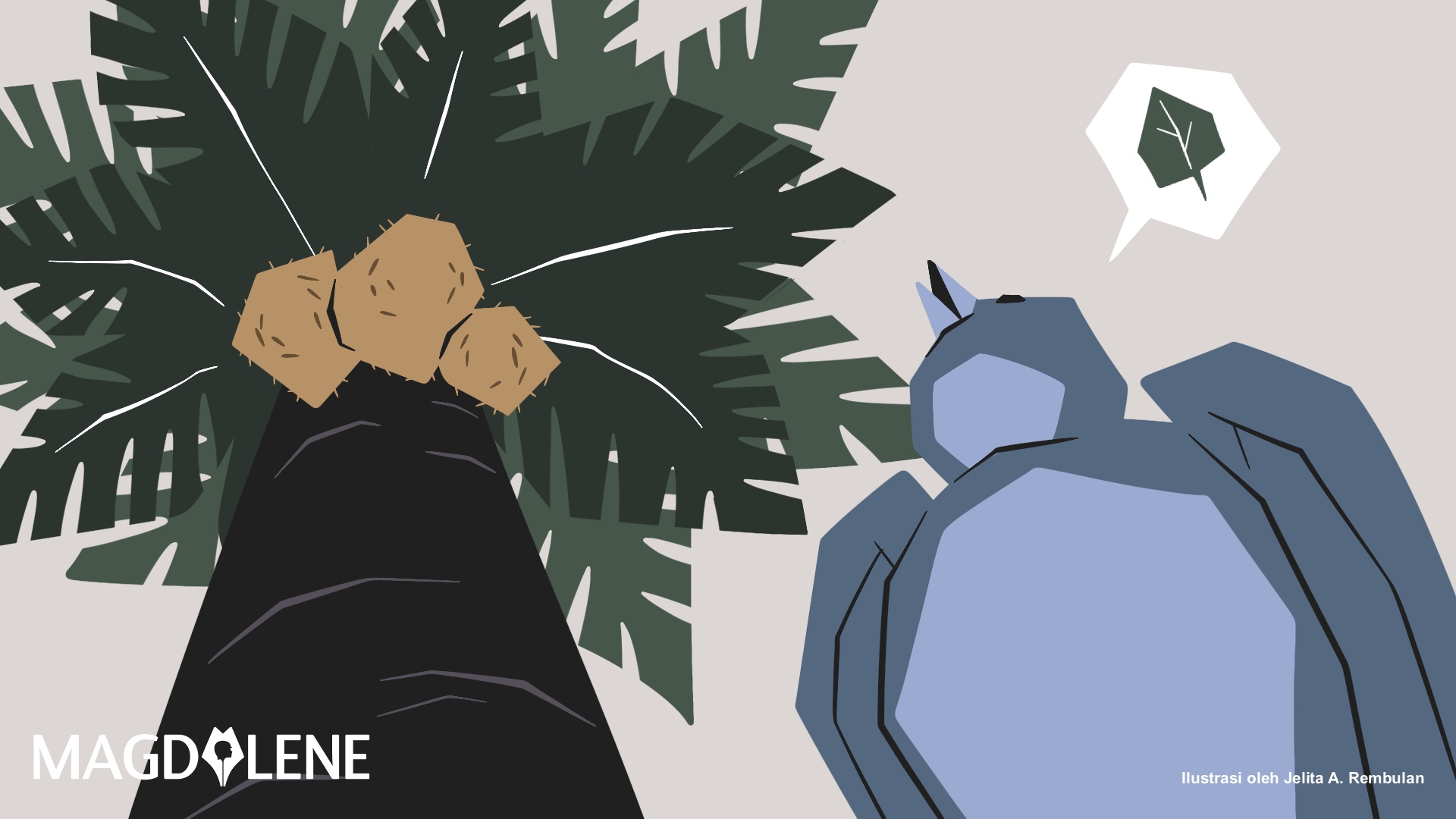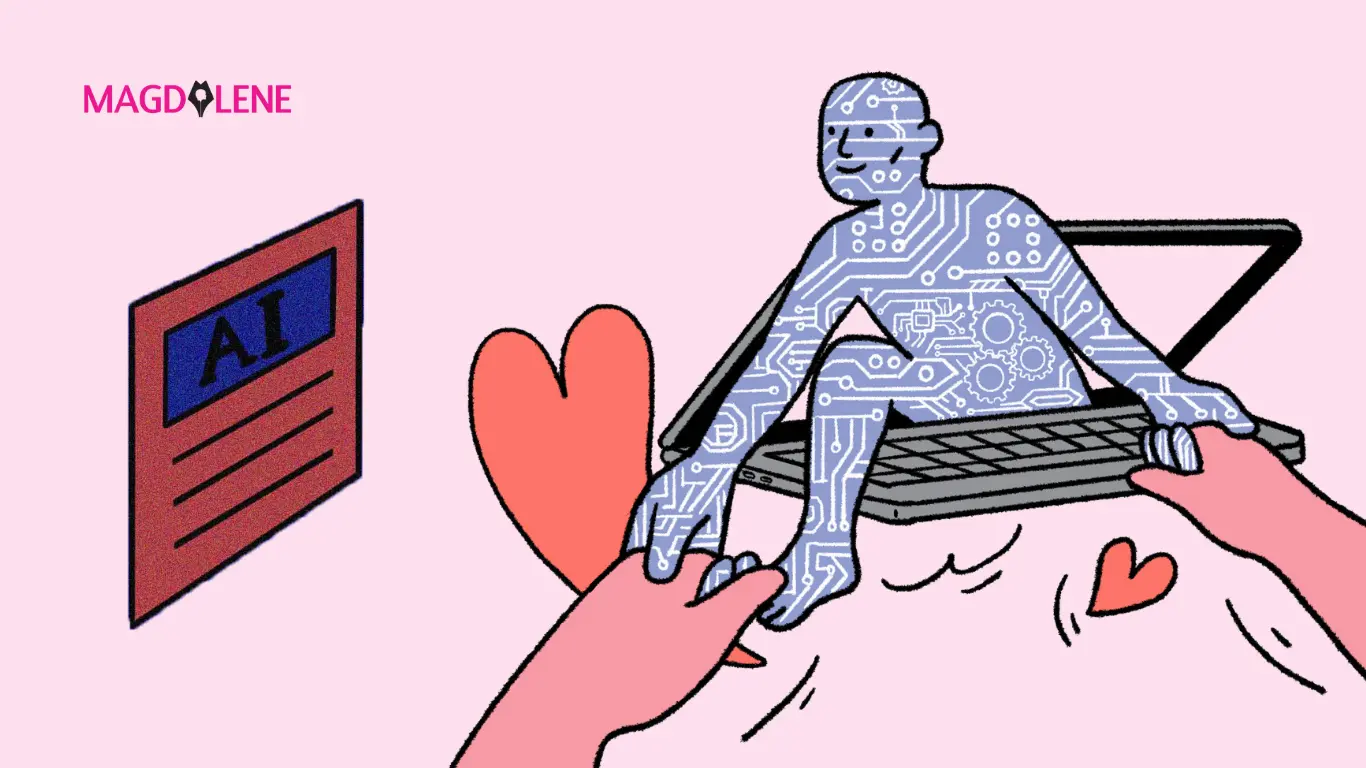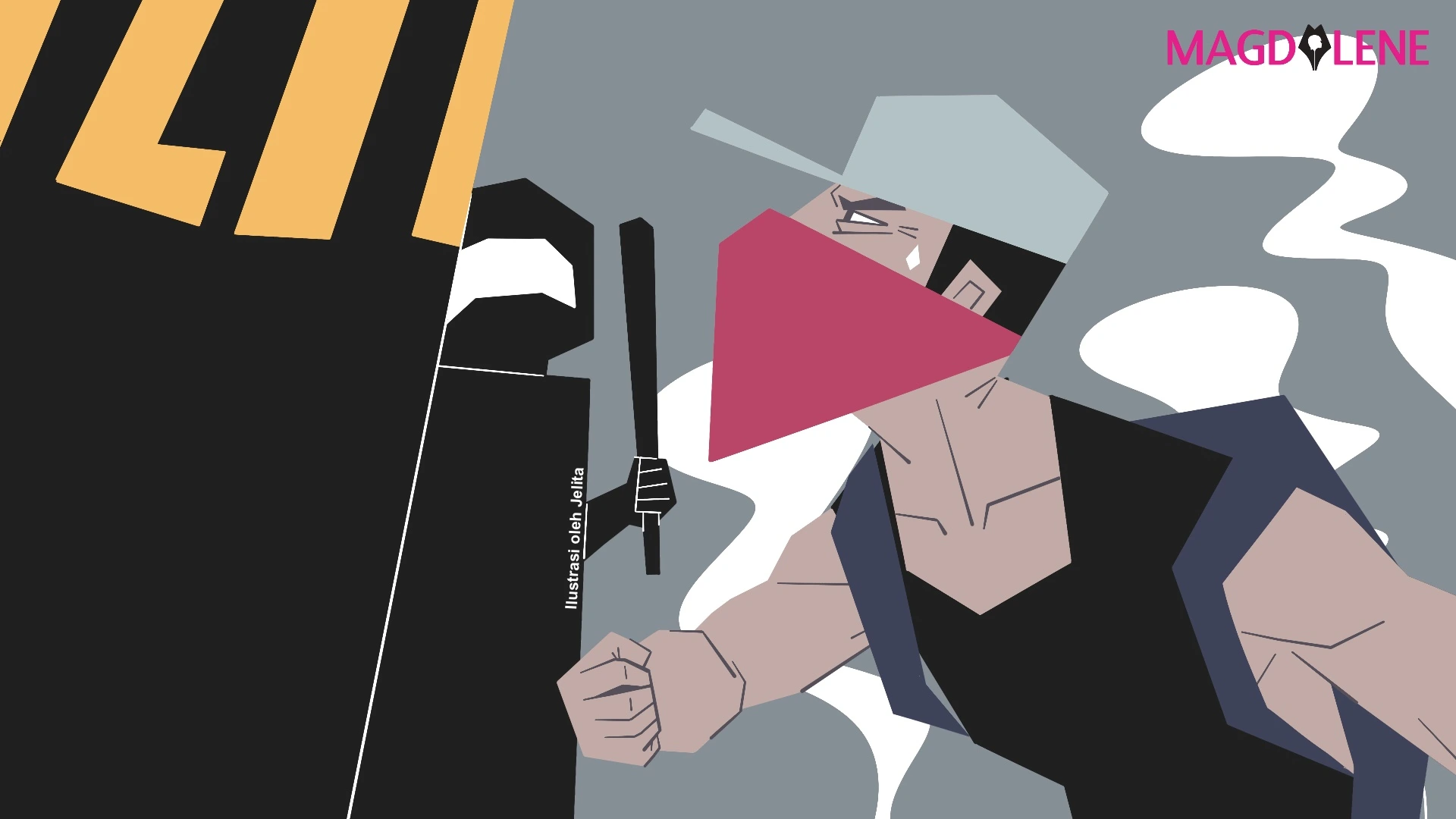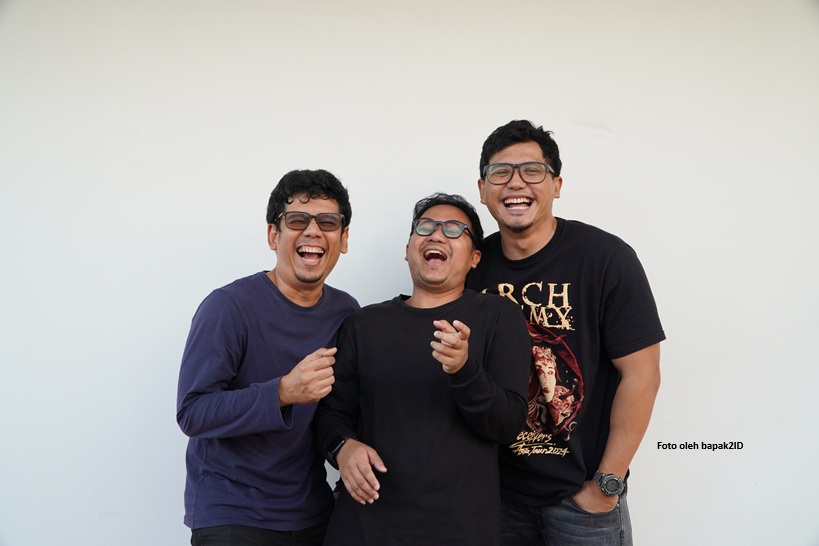Confronts Sexuality, Mental Health Issues
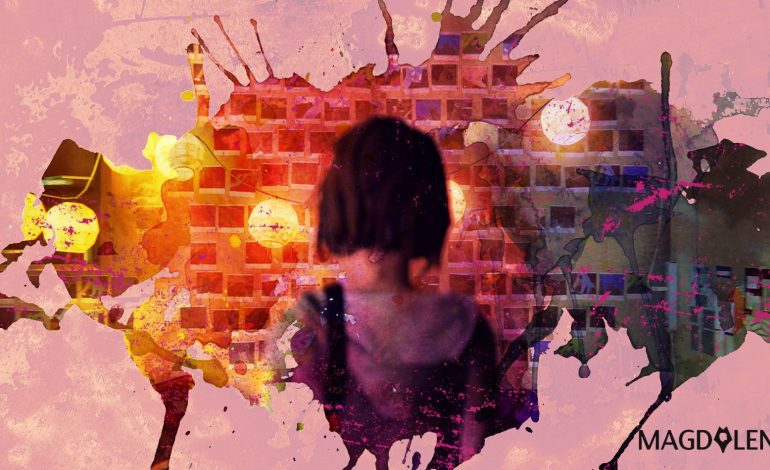
Once I wrote that I would like to play Life is Strange. Thankfully the video game is available on PlayStation 4, since my computer is not stellar. The game is divided into five episodes that were released throughout 2015. The first episode is free.
Life is Strange is a young-adult fiction. The protagonist is Maxine “Max” Caulfield, who shares the same surname with the protagonist of The Catcher in the Rye. On Oct. 7, 2013, she is a senior at Blackwell Academy, Arcadia Bay, Oregon. After taking a Polaroid picture of a blue butterfly in the toilet, she witnesses a drug deal gone bad and finds out she can rewind time with her hand. She is able to break up the deal and reports Nathan Prescott to the principal, only to find out that his family finances the school.
A student called Rachel Amber is missing and the person who cares most about her is Chloe Price, Max’s childhood friend who has been shot by Nathan in the toilet. Max has a vision that Arcadia Bay will be destroyed by a tornado in four days. A viral video shows Kate Marsh, a shy and religious girl, kissing people while being drugged during Nathan’s party. The humiliation drives her to attempt suicide. In sum, a drug ring is related to everything except the tornado.
The game is a lovely experience. As Max, you can explore parts of the school and talk to everyone, while seeing her comprehensive journal filled with diary entries, photos, notes, and text messages. On the other hand, like in other adventure games, you have to be careful with every step. A piece of note can be crucial much later on, and any action is well-remembered by other characters for days to come. I love this game because, besides talking to people, you can help them and make them feel better, from helping a chemistry assignment to supporting a friend losing her baby.
Throughout the week, Max spends emotional time with Chloe, who is constantly shadowed by death. The game is inspired by the 1990-91 TV series Twin Peaks (morbid mystery in a small town), the 2001 movie Donnie Darko (the trolley problem and countdown to doom), and the 2004 movie The Butterfly Effect (time traveling and its consequences). Chloe is also comparable with Lisbeth Salander, the hero of The Girl with the Dragon Tattoo.
Like in Butterfly Effect, Max finds that she can travel back to 2008, when Chloe’s father was still alive. She prevents his sudden death, but back in 2013 she finds that she has become a popular but mean girl – the new queen bee. A car crash renders Chloe a quadriplegic in 2010, and her family is in heavy debt for supporting her welfare.
The chapter is touted as the most emotional part of the game and it hit me hard, considering every day I wished that I could return to 2002 and abandoned my love for Indonesia. I might have become a more successful and happier person than I am in this reality, but what would happen? Could I become a sexist jerk, or could I experience a crushing tragedy in Australia? Could my absence in Indonesia dramatically affect my family?
The romance in Life is Strange is between Max and Chloe. Max can return the affection of Warren, her best friend in school, but it’s not as strong as the bond between her and Chloe. I made Max kissed both characters, and many players identify Max as pansexual or bisexual. In the multiracial Blackwell Academy there is no racism, but there are homophobia and toxic masculinity. There is no male gay character, but the nerds Warren and Daniel receive homophobic slurs from Nathan and other bullies. Max is not positively a feminist, but Nathan calls her a “Feminazi”.
Behind the mystery of Arcadia Bay is a sex crime, similar to the Dragon Tattoo. Many critics dislike the final episode for its writing, and I agree from a different perspective. I have no problem with Max’s nightmare (which many critics say was there to prolong the game and make it more interactive), as I love the sunset showdown between two Maxs in an all-American diner, and the “Pricefield” trail of memories. But I was very annoyed that the person who saves Max from the villain is a gun-loving Republican who is really just misunderstood. Chloe is the best candidate to save Max (if we look back at Lisbeth Salander) if only the writers – two French men – were kind enough to consider rewriting the last two episodes.
Finally, many characters in Life is Strange deal with mental health issues. The antagonist is certainly a psychopath and Nathan is treated for bipolar disorder and/or schizophrenia. Max herself is thought to live with social anxiety and developmental disability like ADHD, High Functioning Autism, or Asperger Syndrome. She is also pretty good in identifying antidepressants. Due to issues touched by the game, developed Dontnod Entertainment provides links to counselling services in several Western countries.
I am pleased to find that Life is Strange has a considerable fandom online, and Max Caulfield has become a popular cosplay character, complete with her Polaroid camera and nosebleed. For me the game is like a graphic novel edition of a Nina story, which is why in the end I love it so much, despite the problems with the third act and the tragic conclusion.
I am happy that Life is Strange is in the market, and many fans hope that there will be a better sequel. In any case, the dedicated and thoughtful fandom has made me appreciate the game and the characters more, and the game has helped me cope with my current situation.
Life is Strange is available for download for Linux/Windows, Mac, PlayStation 3 or 4, and Xbox 360/One. If credit card’s a hassle, you can buy credit vouchers on GS Shop outlets around Indonesia.
Read Mario’s take on the Ghostbuster reboot and follow @mariorustan on Twitter.

